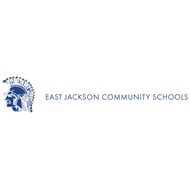Greco-Roman Origin Myths
(View Complete Item Description)Mythology is a powerful vehicle for teaching students about symbols and the ways people have sought to explain their relationships to nature and to each other. Teachers can use these lessons and works of art to introduce or examine the role of myths in explaining human customs, mysteries about nature, or the reasons why things exist in the world. Lessons include: Pandora's Box; Apollo Pursuing Daphne; Diana and Endymion; The Fall of Phaeton; and The Corinthian Maid.
Material Type: Activity/Lab, Assessment, Lesson Plan

















